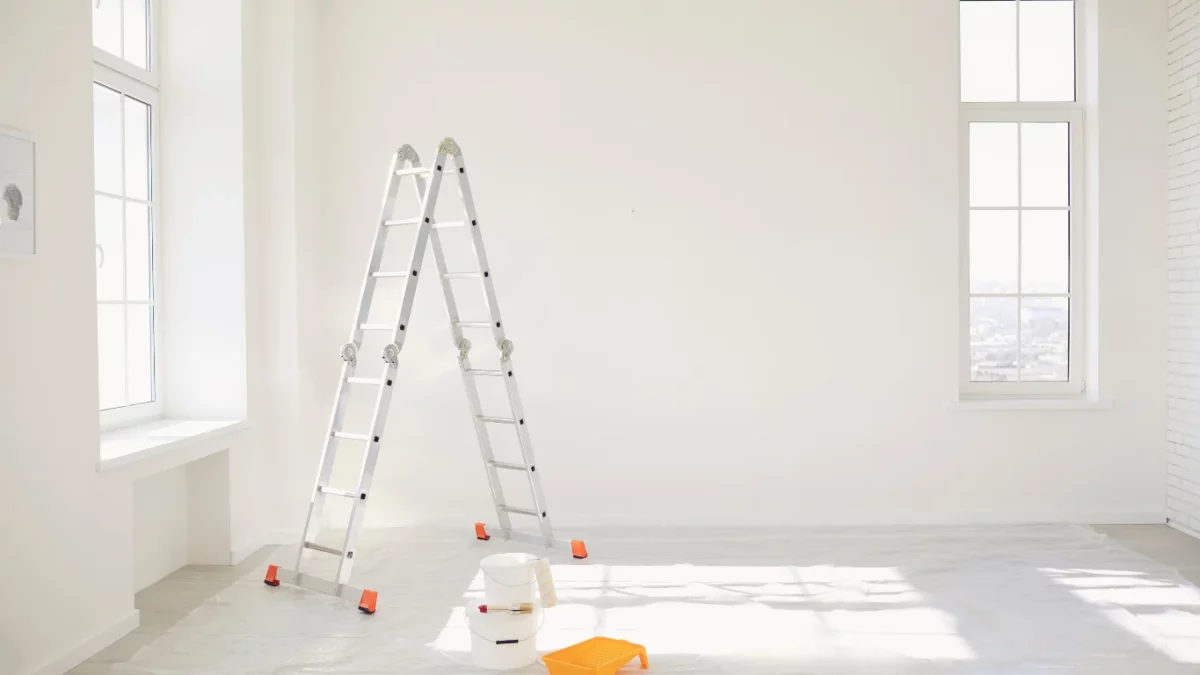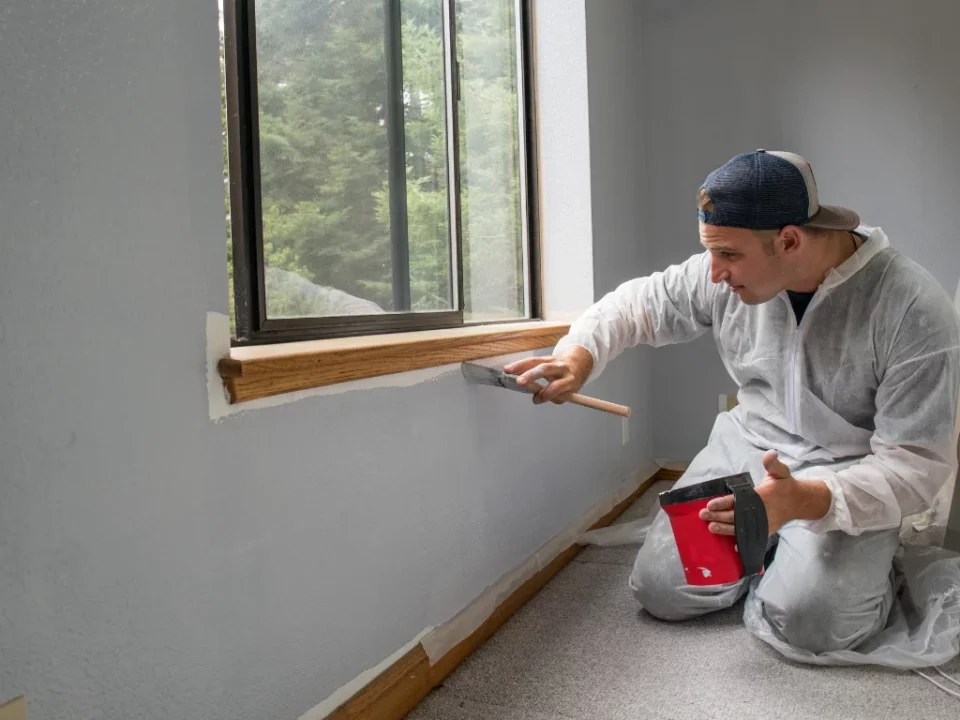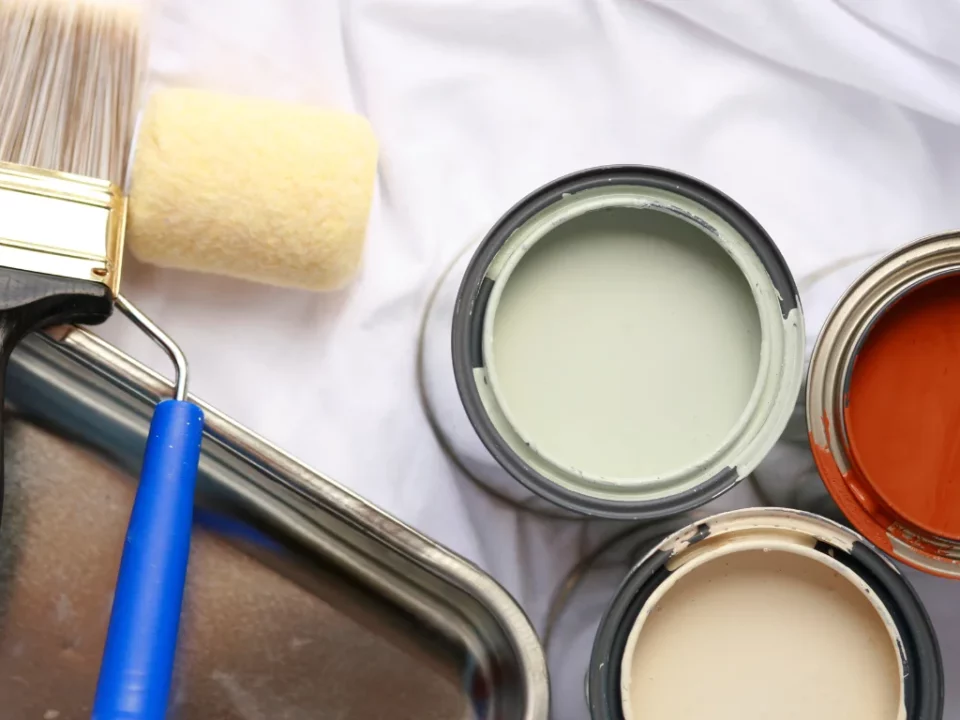Painting your home can be a transformative process that refreshes the look of your space and adds value to your property. However, preparation is key to achieving a flawless finish. Proper preparation can help ensure that your paint adheres properly and lasts longer. By following these essential tips for preparing your home for painting success, you can avoid common mistakes and get the best results.
Assessing and Preparing the Surface
Before you start applying paint, it’s crucial to evaluate the surfaces you’ll be painting. Begin by checking for any imperfections, such as cracks, holes, or peeling paint. These issues should be addressed before you start painting. Fill holes and cracks with appropriate filler and smooth the surface with sandpaper once the filler is dry. If you’re painting over old paint that’s peeling, it’s essential to remove the loose paint by scraping or sanding.
Surface cleaning is another important step. Dust, dirt, and grease can all affect how the paint adheres to your walls or trim. Use a mild detergent solution or a specialized cleaner to wipe down the surfaces you intend to paint. For areas that are particularly greasy, such as kitchen walls, consider using a degreaser. Once cleaned, allow the surfaces to dry thoroughly before moving on to the next step.
Protecting Your Space and Gathering Supplies
Preparing your home for painting success also involves protecting your furniture and floors. Cover large pieces of furniture with drop cloths or plastic sheeting to prevent accidental splatters. For floors, lay down drop cloths or painter’s plastic to catch any paint drips. Be sure to use painter’s tape to mask off areas where you don’t want paint, such as trim, windows, and doorframes. This tape will help ensure clean, sharp lines once the painting is completed.
Having the right tools and supplies is also crucial to a successful painting job. Make sure you have high-quality brushes, rollers, and painter’s tape. A good brush is essential for detailed areas, while rollers are ideal for covering large surfaces. Don’t forget a paint tray, paint stirrers, and a ladder or step stool if you need to reach higher areas. If you’re painting multiple rooms or working with multiple colors, organize your supplies to keep things efficient.
Once you’ve gathered all the necessary supplies and ensured the space is well-protected, you’ll be ready to start painting. Begin by applying a primer if needed. Primer helps the paint adhere better and can also prevent stains from bleeding through. For most interior walls, applying one or two coats of primer will create a smooth base for the paint. After applying primer, allow it to dry completely before starting the first coat of paint.
Proper preparation is the foundation for painting success. By assessing the surfaces, cleaning thoroughly, and protecting your home from spills and splatters, you can ensure that your paint job will last longer and look professional. Whether you’re painting a single room or your entire home, taking the time to properly prepare your space will result in a high-quality finish that you can enjoy for years to come.
Read More:






